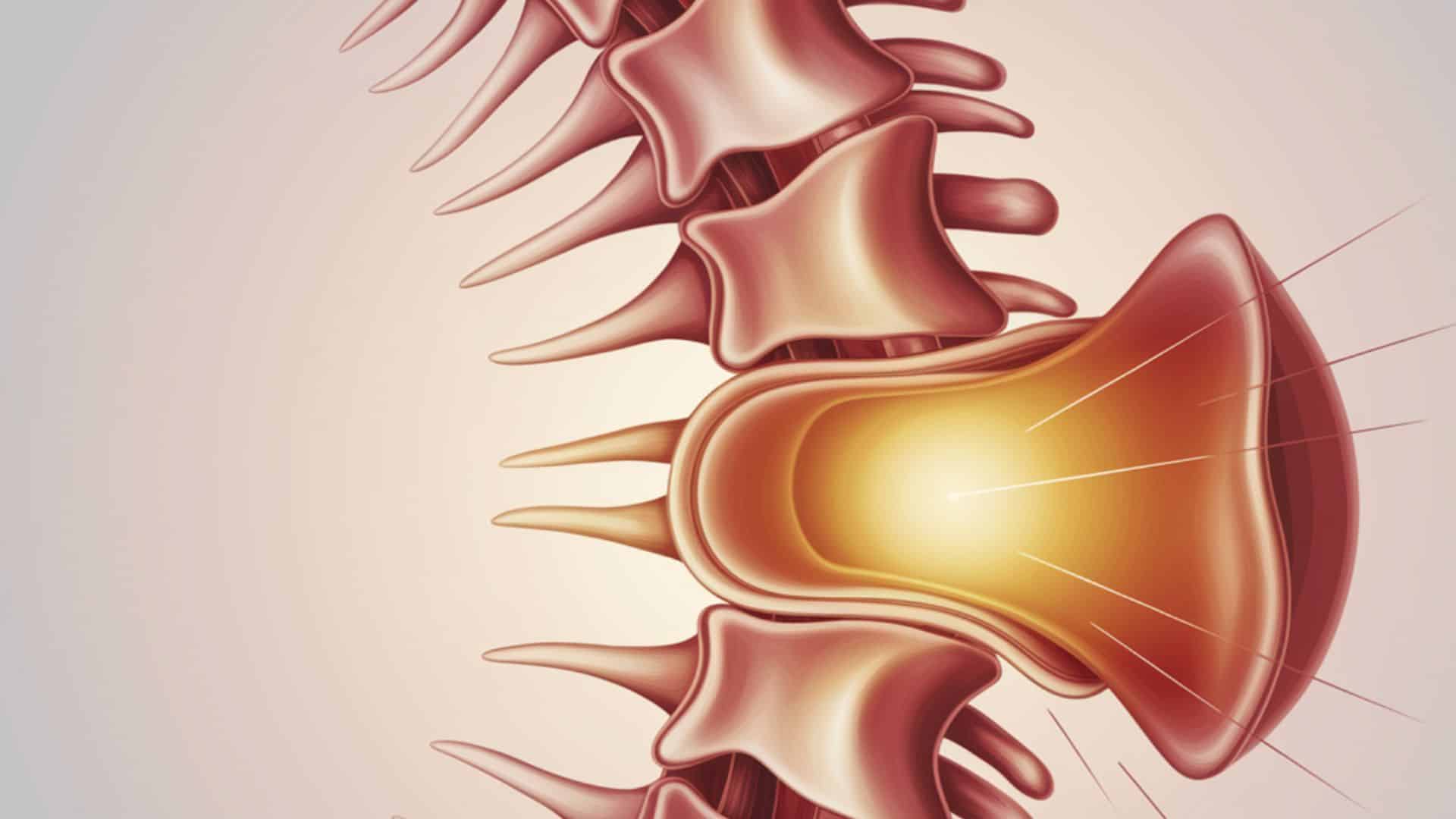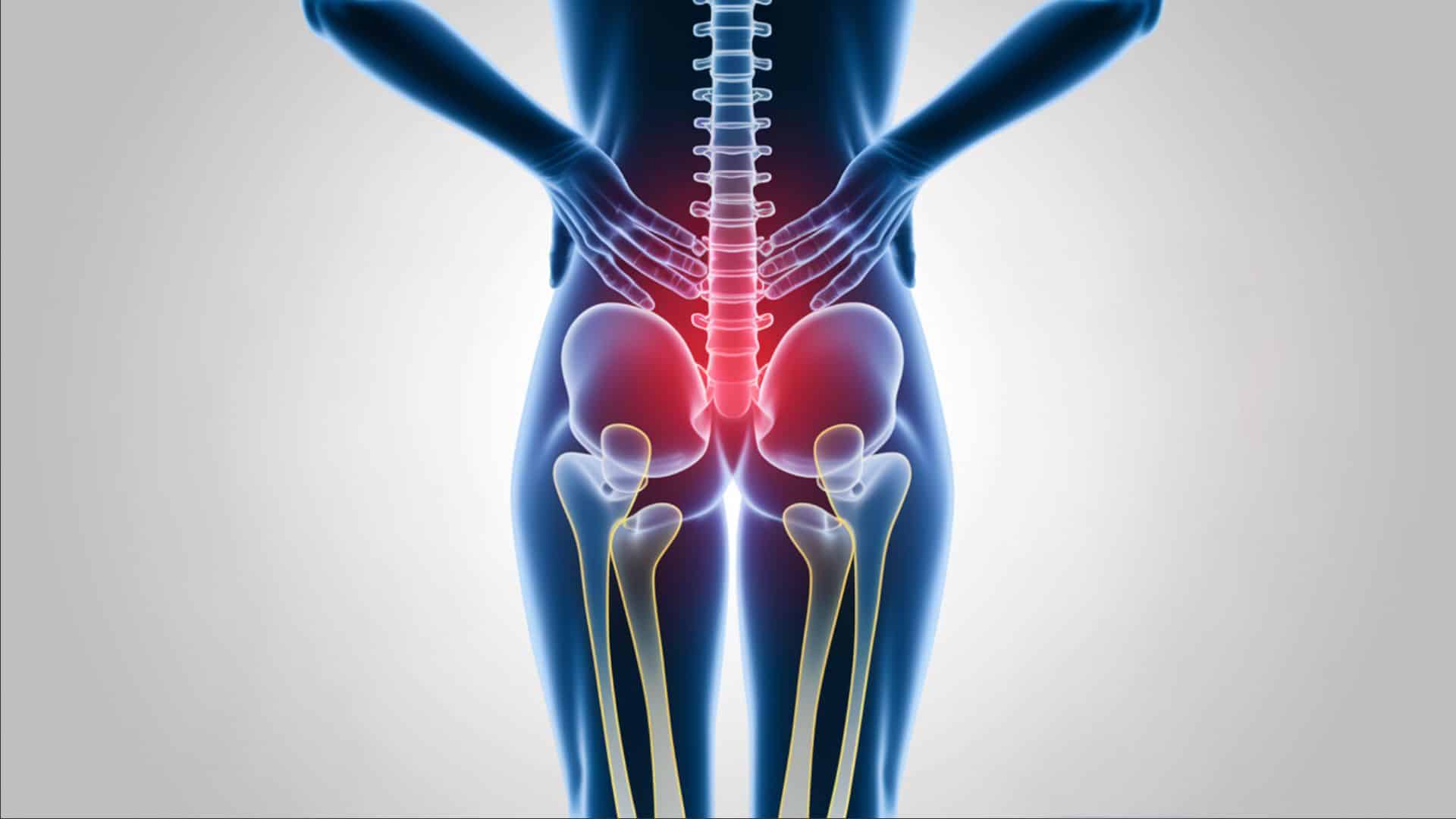Your spine holds a secret that could be slowly stealing your mobility. That protective membrane surrounding your spinal cord, the thecal sac, might be under attack right now without you knowing it.
When this crucial barrier gets compressed, it creates a nerve signal traffic jam between your brain and body. What seems like ordinary back pain or leg numbness could actually be your body’s desperate warning cry.
Thecal sac compression doesn’t announce itself with dramatic symptoms. It whispers through subtle signs that many dismiss as aging or fatigue. But here’s the truth: catching it early can mean the difference between a simple fix and permanent neurological damage.
This guide reveals everything about recognizing symptoms, understanding causes, and choosing treatments before it’s too late.
What Is Thecal Sac Compression?
Thecal sac compression is a spinal condition that affects the protective membrane surrounding your spinal cord and nerve roots.
Think of your spine as a main highway where nerve signals travel between your brain and body. Thecal sac compression creates a “traffic jam” that disrupts this crucial communication system.
The dural sac, also known as the thecal sac, is a fluid-filled protective covering that cushions your spinal cord within the spinal canal.
When this sac becomes flattened or compressed against the spinal cord, it can interfere with your brain’s ability to send and receive messages from different parts of your body.
Common causes of thecal sac include:
- Spinal stenosis (narrowing of the spinal canal due to aging)
- Herniated or bulging discs
- Foraminal stenosis (narrowed nerve openings)
- Synovial cysts
- Age-related spinal degeneration
This compression can cause unexpected pain, numbness, or weakness affecting how you walk, sit, or sleep. Early recognition is crucial because untreated symptoms can evolve from minor discomfort into severe, debilitating pain that limits mobility and quality of life.
The longer symptoms are overlooked, the greater the risk of permanent neurological damage, making timely intervention essential for preventing long-term complications.
The Thecal Sac Compression Symptoms
The early signs of thecal sac compression are often subtle and easily dismissed, but recognizing them is crucial for preventing serious complications. Here are the key warning signs you shouldn’t ignore:
- Mild back pain – Often dismissed as fatigue from a long day or an awkward sleeping position, but persistent mild discomfort could signal nerve compression
- Slight numbness in legs – Early numbness or tingling sensations in your lower extremities that seem minor but occur regularly
- Difficulty standing for long periods – Finding yourself unable to maintain standing positions as comfortably as before
- Trouble lifting objects – Struggling with objects you once handled efficiently, indicating a potential weakness developing
- Intermittent pain or discomfort – Pain that comes and goes, making it easy to ignore but potentially indicating progressive nerve compression
- Changes in walking or mobility – Subtle alterations in your gait or balance that you might attribute to other causes
These symptoms are easy to dismiss as normal wear and tear, but they could be early warnings of thecal sac compression.
Ignoring these signs can lead to severe, debilitating pain and even permanent neurological damage. Early detection through medical evaluation and imaging tests like MRIs can prevent minor issues from becoming major, life-altering conditions.
How Does Thecal Sac Compression Disrupt Daily Life?
Living with untreated thecal sac compression can feel like carrying an invisible burden that affects every aspect of your life. What starts as minor difficulties can progressively become severe and debilitating, impacting work, relationships, and overall well-being.
1. Work Performance Decline
Concentration wanes as constant discomfort takes its toll. Frequent medical appointments and pain-related absences become common, affecting productivity and professional relationships. Tasks that once seemed effortless now require significant effort and planning.
2. Physical Activity Limitations
Simple activities like standing for extended periods or lifting everyday objects become challenging. Walking without pain becomes uncertain, and participation in previously enjoyed physical activities may need to be avoided entirely.
3. Social Withdrawal
The invisible burden of chronic pain leads to avoiding friends and family gatherings. Social isolation increases as leaving the house or engaging in group activities becomes too uncomfortable or unpredictable.
4. Sleep Disruption
Finding comfortable sleeping positions becomes difficult, leading to poor sleep quality. Restless nights compound daytime fatigue and pain, creating a cycle that affects overall well-being and recovery.
5. Emotional Impact
Living with constant uncertainty about daily functioning creates frustration and anxiety. The emotional toll of dealing with chronic discomfort affects mental health, relationships, and overall quality of life significantly.
Treatment Options for Thecal Sac Compression
Treatment for thecal sac compression follows a progressive approach, starting with conservative methods and advancing to surgical interventions when symptoms persist or worsen.
| Conservative Treatments | Surgical Solutions |
|---|---|
| First Line of Defense | When Conservative Care Isn’t Enough |
| Physical therapy | Microsurgery |
| Posture correction & ergonomics | Interspinous process decompression |
| Anti-inflammatory medications | Percutaneous discectomy/foraminotomy |
| Steroid injections | |
| Holistic health integration | |
| Goals | Goals |
| Manage symptoms | Relieve nerve pressure |
| Strengthen supporting muscles | Prevent progression |
| Reduce inflammation | Restore function |
| Address root causes | Emergency intervention |
| Best For | Best For |
| Early-stage compression | Severe neurological issues |
| Mild to moderate symptoms | Failed conservative treatment |
| Prevention-focused care | Risk of permanent damage |
Early intervention with conservative treatments can effectively manage most cases, but surgical options become necessary when non-surgical methods fail to prevent permanent neurological damage.
Act Early for a Better Outcome:
Early intervention is crucial because thecal sac compression can rapidly progress from minor discomfort to permanent neurological damage. Delaying treatment risks developing cauda equina syndrome, potentially causing paralysis or incontinence.
Conclusion
Thecal sac compression doesn’t have to define your future. While this condition can significantly impact your daily life, understanding its symptoms and treatment options empowers you to take control of your spinal health.
The key takeaway is clear: early action saves lives and preserves quality of life.
Whether you’re experiencing mild back discomfort or more concerning neurological symptoms, don’t wait for the condition to worsen.
Your spine is the foundation of your mobility and independence. By recognizing warning signs, seeking prompt medical evaluation, and following a comprehensive treatment plan, you can prevent minor symptoms from becoming major disabilities.
Take that first step toward recovery today, your future self will thank you.
Take the next step in healing, visit our Recovery & Wellness hub for expert-driven guidance









